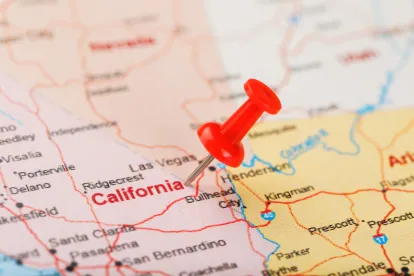Some readers may recall that two years ago the Office of the Comptroller of the Currency adopted a "true lender" rule. That rule The rule specified that a bank makes a loan and is the true lender if, as of the date of origination, it (1) is named as the lender in the loan agreement or (2) funds the loan. The OCC's rulemaking effort, however, came to naught when it was nullified the following year pursuant to the Congressional Review Act. S. J. Res. 15, 117th Cong. (2021).
The true lender rule was controversial because it permitted interest rates on bank-originated loans to remain valid even after a transfer of those loans to a non-bank partner. California's Department of Financial Protection & Innovation has sought to apply the true lender doctrine in reverse. According to the DFPI, the "true lender" is the party which in the totality of the circumstances has the predominant economic interest in a loan transaction. In one recent action, the DFPI is seeking to impose the interest rate caps under the California Financing Law to loans originated by a bank even though the CFL does not apply to banks. The DFPI claims that the "true lender" is not the bank, but an online consumer lending platform. Opportunity Financial, LLC v. Hewlett, Cal. Super. Ct. Case No. 22STCV08163. The DFPI's target is now challenging the DFPI on the basis that it is attempting to enforce an "underground regulation" in violation of the California Administrative Procedure Act. Government Code Section 11340.5 prohibits state agencies, including the DFPI, from enforcing or attempting to enforce standards of general application unless adopted as a regulation pursuant to the APA.



 />i
/>i

